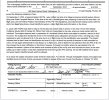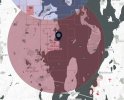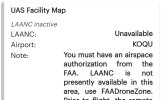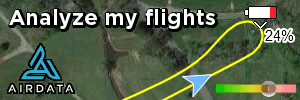Lots of valuable comments and opinions in that piece (including from the law firm) representing both sides. I guess we'll need to depend on possible further legislation or legal cases to further establish what is right and what is wrong should a bona fide conflict occur since the federal rules failed to addressed them directly. For what little I can tell, this FL case would never make it to court because it qualifies under the illegal detention category. Even if it did, I doubt the FAA would engage since they would prefer to keep their confusing and possible unlawful statute intact.Since no additional context was provided with the video, we can only assume the footage accurately represents what happened. If the pilot says he didn't have ID, I believe him. He didn't appear to be dishonest about anything else in the video, which leads me to believe he was likely telling the truth.
This lawyer seems to agree with the references shared by @MS Coast. I'm not sure an "ID" always has to be a driver's license. It appears that any form of photo identification that can reliably verify a person’s identity would be acceptable.
I think we're simply commenting on what's visible in the police bodycam footage you shared. I'm not sure if you missed it earlier, but I mentioned that this YouTube video was likely edited to support a specific narrative, given that it was created by someone who identifies as a police activist. So, just because something isn't shown in the YouTube video doesn’t mean it didn't happen.
What we can clearly see is that the pilot was flying in a no-fly zone, repeatedly tried to lecture the police on how they should handle the situation, and ultimately learned that citizens don't get to dictate police actions. Whether the police acted appropriately is a separate issue, and that's where the additional context you didn’t provide becomes important.
If there's one takeaway from this video, it might be that treating people disrespectfully can backfire.
Thanks for posting the piece and I particularly appreciate all of the comments in the feedback echoing exactly the points and concerns I have been making so I please there are others who agree with me. Our pilot was not flying in a no-fly zone but only in restricted airspace with authorization. While he was flying, a TFR became active and he stopped flying during the TFR and he landed. Local law enforcement recognized this and acknowledged it and gave a verbal warning and allowed the pilot to go even though he asked for ID (he never demanded ID) and the pilot declined. I believe the official police encounter was cordial and respectful and both sides performed properly. It was only after the illegal detention did both sides becomes disrespectful and from what I know, victims of illegal detention often get belligerent when their rights get violated and when they push back, it is often comes of as dictating action and lecturing especially to the police. At that point, they usually unlawfully escalate the situation to violence and excessive force. Exactly why I plan to exercise my right to remain silent during a legal or illegal detention.
Another takeaway from the video is if the police don't want to be treated disrespectfully and want to continue to dictate the actions of the stop and want to keep their charges intact to gain the support of the community and the prosecutors, follow the law, honor your oath and obey the Constitution, and don't violate someone's rights during the course of your duties. Since everyone enjoys short videos, here's a clip explaining an example (may or may not have anything to do with this situation) of a well-known law enforcement practice similar to this one where police re-engage and yeah I know it's a little bit more complicated than that but you get the point:
















